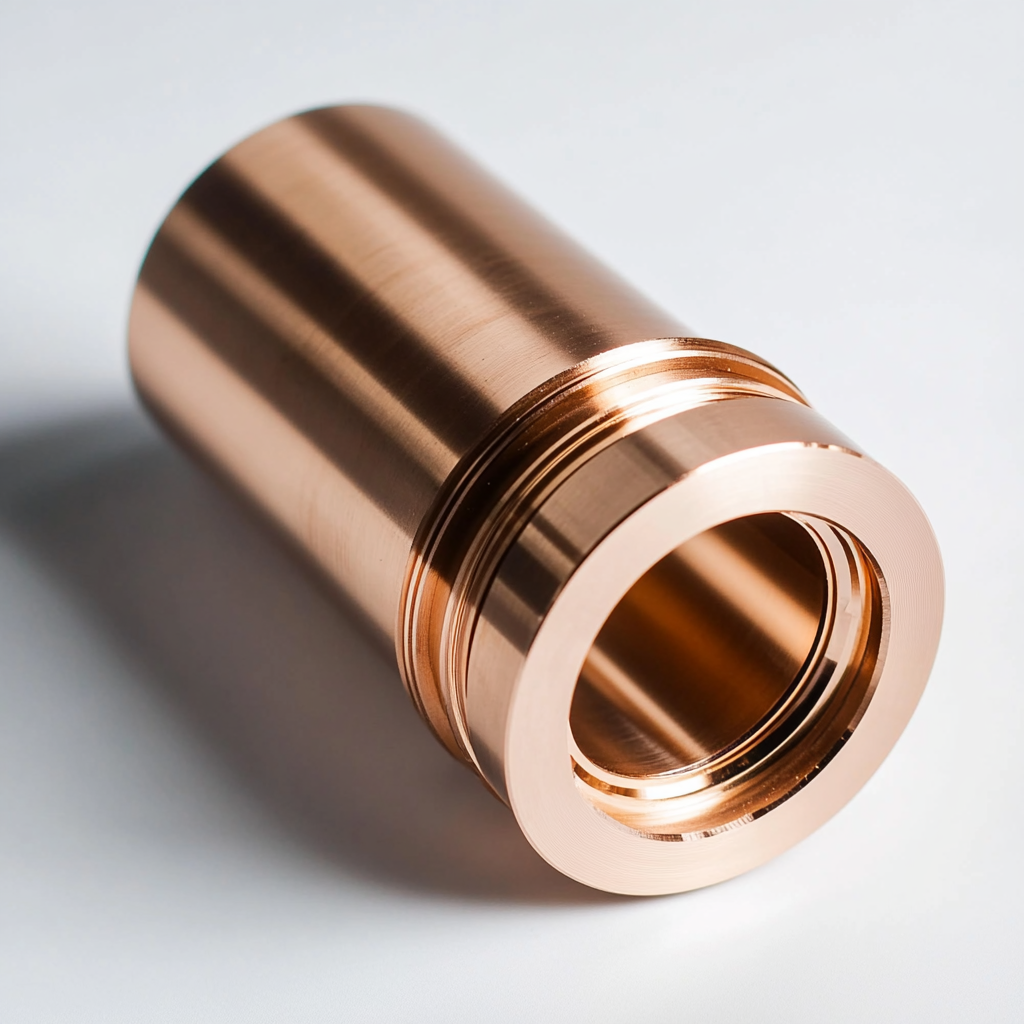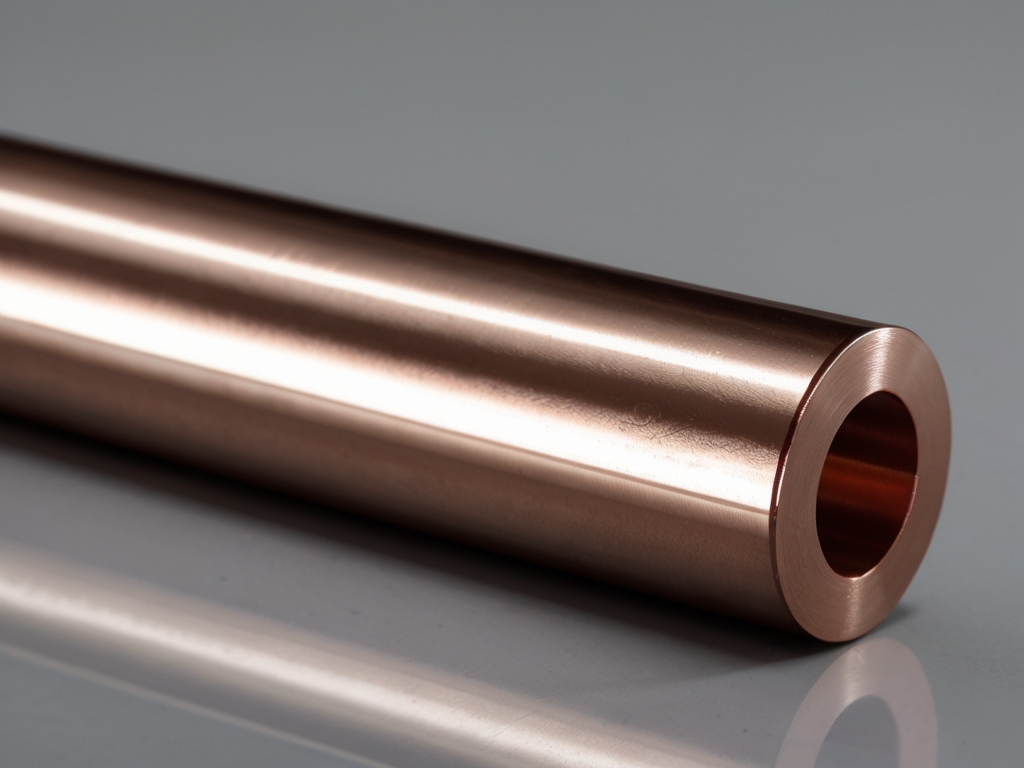Application of Beryllium Copper Alloys in Measurement While Drilling (MWD) Systems
Beryllium copper alloys have been widely adopted in the petroleum industry, particularly in non-magnetic drill collars, flexible drilling stabilizers, MWD/LWD pressure housings, pulsers, threaded connectors, and various downhole sampling tools used for hydrocarbon extraction, such as shale gas and mining probes. With the advancement of petroleum exploration and drilling technology in China, significant progress has been made in the development of drilling control systems. Key technologies related to wireless MWD/LWD tools have been successfully developed, placing China’s oil and gas exploration capabilities on par with global leaders.
Domestically produced high-strength equiaxed-grain beryllium copper pressure housings for MWD/LWD tools can withstand external pressures up to 140 MPa and resist erosion from magma and sediment—demonstrating performance equivalent to imported counterparts.

1. Application of Beryllium Copper in MWD and Rotary Steerable Systems
CNOOC’s Drilog MWD system includes several short modular sections with independent functions, such as the DIM (MWD) tool, DSM engineering parameter tool, and ACPR resistivity-gamma tool. These sections require reliable mechanical and electrical connections to form a complete downhole measurement system.
As shown in Figure 2, plug-in adaptors and rigid couplings between the modules are all made of C17200 beryllium copper alloy. These connections must ensure:
Mechanical stability
Reliable power and signal transmission
High corrosion resistance and fatigue strength
This modular design allows phased R&D, simplified maintenance, and easy reconfiguration during drilling operations.
2. Use in Directional Drilling MWD Assemblies
To enable precise borehole trajectory control in directional drilling, non-magnetic drill collars are placed below the measurement probe to create a magnetically neutral environment. Traditional steel drill collars interfere with magnetic instruments, reducing measurement accuracy.
As a solution, researchers have developed non-magnetic screw motors using beryllium copper housings. Their functions include:
Eliminating magnetic interference from conventional materials
Reducing positional error between bit and sensor
Shielding sensors from surrounding magnetic fields
This improves the accuracy and reliability of real-time directional measurements.

3. Application in Near-Bit Measurement Tools
In modern drilling operations, near-bit measurements are critical for accurate well trajectory control and real-time formation evaluation. CNOOC developed a near-bit MWD tool using beryllium copper components in the battery housing and tail cap for their:
High torsional strength
Superior fatigue resistance
Non-magnetic and corrosion-resistant properties
In comparative studies by Sinopec’s Drilling Research Institute, beryllium copper (QBe2) demonstrated greater torque resistance, higher strain capacity, and better signal sensitivity than non-magnetic stainless steel (e.g., N1310B), making it the preferred material for sensor sub-housings.
Due to its low elastic modulus and high yield strength, beryllium copper allows greater mechanical strain within the sensor body, improving signal resolution and reducing the amplification factor needed in electronic circuits—thus enhancing the system’s anti-interference capability.
4. Failures and Challenges in Application
Despite its advantages, beryllium copper has shown failure risks under extreme stress.
In a field test at the Jinmei Sihuan Mine, a non-magnetic beryllium copper drill collar reached a depth of 1008 m without failure. However, in other sites (Changping and Shuangliu mines), failures occurred before reaching 2000 m, with fracture and tool drop caused by borehole collapse and over-torque during pull-out or rotation.
In another case on December 28, 2020, a downhole tool failure occurred at EP24-2 platform of CNOOC Shenzhen. After unsuccessful survey attempts, inspection revealed a broken beryllium copper rigid connector inside the DIM tool. The failure was attributed to stress concentration and fatigue cracking.
Although aged beryllium copper has a tensile strength exceeding 1000 MPa, its elongation drops below 5%, resulting in reduced toughness and increased brittleness. Improper heat treatment, machining errors, or unsuitable surface treatments can further degrade strength and lead to fracture.
Conclusion
Beryllium copper alloys offer exceptional performance in many high-end industrial sectors and demonstrate unique advantages in the demanding conditions of MWD/LWD systems. However, to fully leverage these properties and minimize risks, it is essential to:
Understand the alloy’s mechanical behavior under complex stress
Establish comprehensive standards for heat treatment, machining, and surface finishing
Strictly adhere to those standards during manufacturing
Only by doing so can reliable, high-performance beryllium copper components be produced to meet the rigorous demands of modern oilfield measurement systems.
